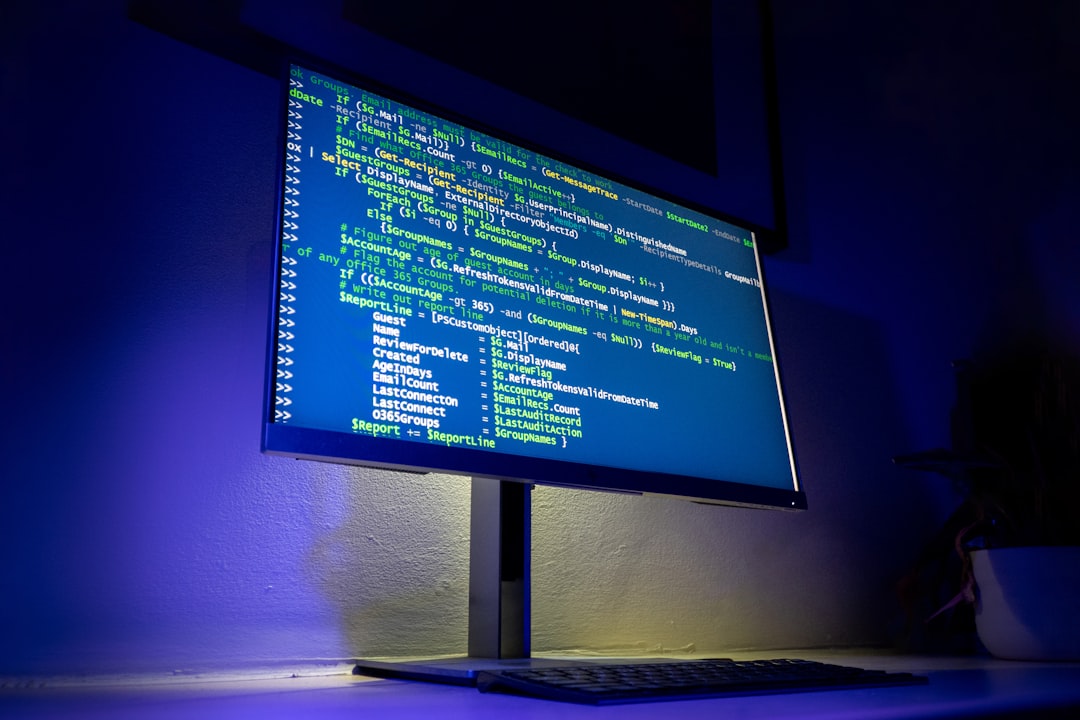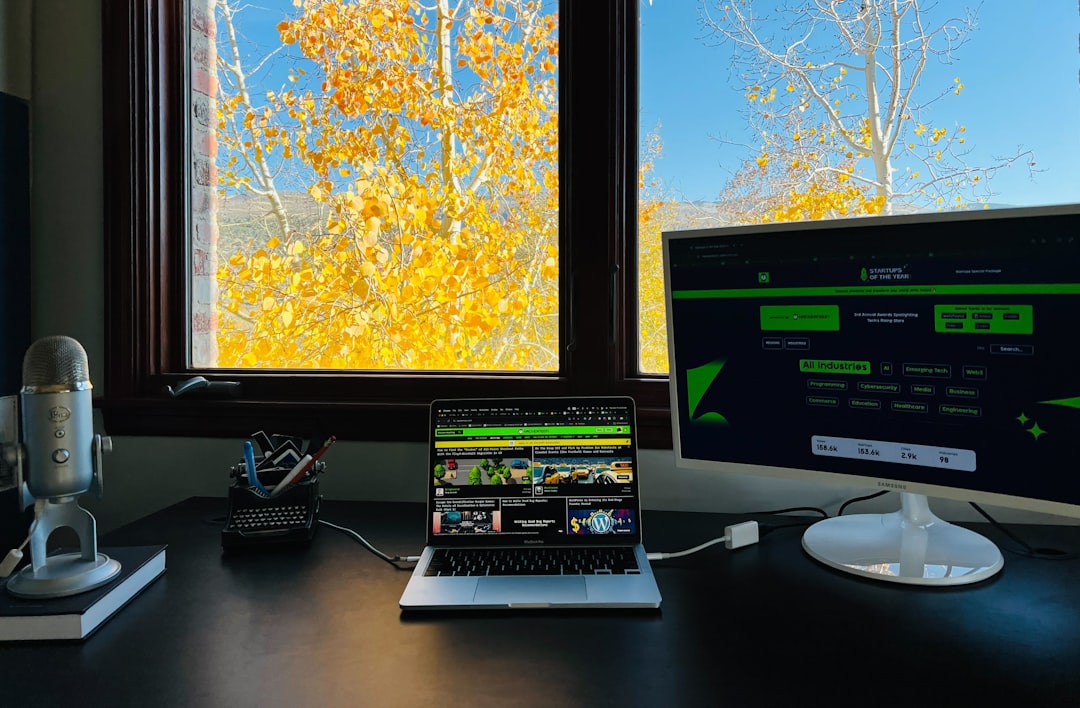
Fix BHDrvx64.sys BSOD Error on Windows: Norton Antivirus Crash Solution
The BHDrvx64.sys Blue Screen of Death (BSOD) error is a common issue experienced by Windows users who have Norton Antivirus installed. This driver file, part of Symantec’s Bloodhound technology for behavioral detection, can contribute to system crashes when it becomes corrupted or conflicts with Windows system files or other software. Fortunately, there are several practical steps users can take to resolve the error and restore system stability.
Before diving into solutions, it’s important to understand that the BHDrvx64.sys file is not inherently malicious. It plays an important role in keeping your system secure by monitoring suspicious activities. However, due to its deep integration with system operations, it can also be a source of critical instabilities.
Contents
Common Causes of BHDrvx64.sys BSOD Errors
- Corrupted or outdated Norton Antivirus drivers.
- Conflicts with third-party software or recent Windows updates.
- Improper software installation or corrupted system files.
- Malware or virus infection impersonating BHDrvx64.sys.

Step-by-Step Fixes for BHDrvx64.sys Errors
1. Boot into Safe Mode
If you can’t fully boot into Windows due to the BSOD error, start by booting into Safe Mode. This loads Windows with only essential drivers and services.
Steps:
- Restart your PC and press F8 or Shift + F8 repeatedly as it starts.
- Select Safe Mode with Networking from the boot menu.
2. Update or Reinstall Norton Antivirus
Corrupt Norton installation files are often at the root of this BSOD error. Reinstalling Norton can help fix the issue.
Steps:
- From Safe Mode, open the Control Panel and navigate to Programs > Uninstall a Program.
- Select Norton Antivirus and uninstall it completely.
- Use the Norton Removal Tool to ensure all remnants are deleted.
- Restart your PC and download the latest version of Norton from their official website.
3. Perform a System File Check
Corrupted Windows system files may also contribute to the error. Running a system file checker can resolve these issues.
Steps:
- In the search bar, type cmd, right-click it, and choose Run as administrator.
- Type sfc /scannow and press Enter.
- Let the scan complete and follow any prompts to fix errors.
4. Update Device Drivers
Outdated or incompatible drivers can conflict with BHDrvx64.sys. Make sure all critical drivers are up to date, particularly network and chipset drivers.
Use Device Manager to manually update drivers or consider using a third-party utility for automated updates.

5. Disable Fast Startup
In certain instances, the Windows “Fast Startup” feature may trigger BSOD errors involving security drivers.
To disable Fast Startup:
- Go to Control Panel > Power Options > Choose what the power buttons do.
- Click Change settings that are currently unavailable.
- Uncheck Turn on fast startup, then save changes and reboot.
Preventing Future BHDrvx64.sys BSODs
While it’s impossible to guarantee a BSOD-free existence, you can greatly minimize the chances by regularly updating software, performing regular malware scans, and keeping a full backup of your important files. Using a reputable third-party antivirus or Windows Defender alone has become a more stable option for many Windows 10 and 11 users in particular.
FAQs
- Q: What exactly is BHDrvx64.sys?
A: It is a driver linked to Norton Antivirus, responsible for behavioral threat detection. - Q: Is BHDrvx64.sys a virus?
A: No, it is a legitimate Symantec system file. However, malware may disguise itself using similar names. - Q: Can I delete BHDrvx64.sys to stop the BSOD?
A: Deleting system drivers manually is not recommended. Uninstall Norton Antivirus properly to remove it safely. - Q: Will reinstalling Windows fix the error?
A: In most cases, that’s unnecessary. Try uninstalling Norton and updating drivers first. Reinstalling Windows should be your last resort. - Q: Is there a safer alternative to Norton Antivirus?
A: Yes, options like Bitdefender, Kaspersky, or even Windows Defender offer reliable protection without frequent BSODs.
By following these steps, you can effectively fix the BHDrvx64.sys BSOD error and restore Windows system stability with minimal technical expertise. Always remember to maintain backups and keep software up to date to avoid similar issues in the future.
